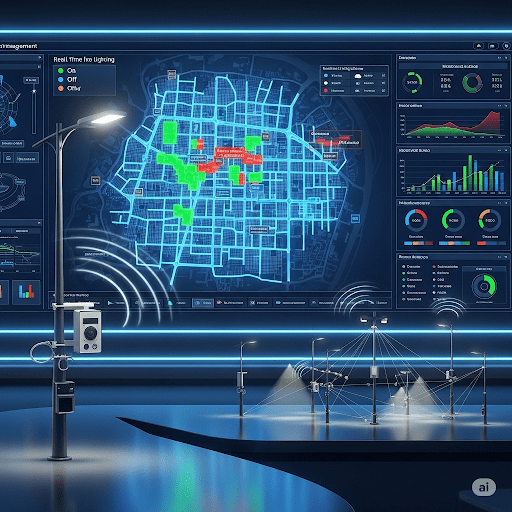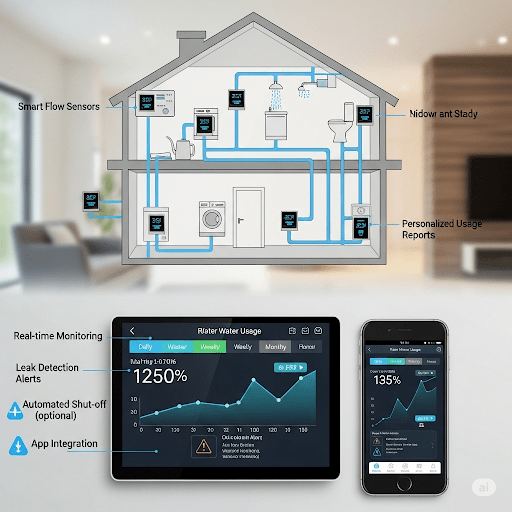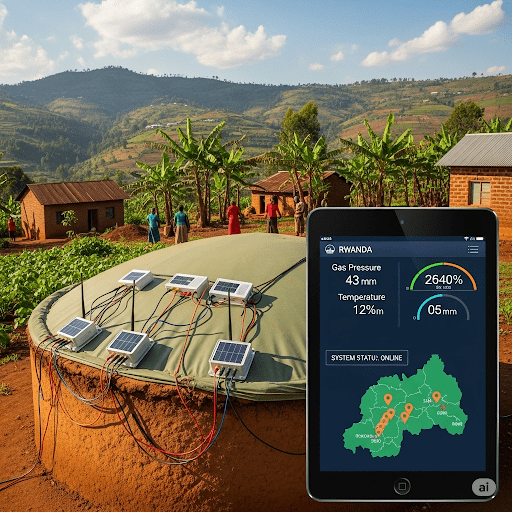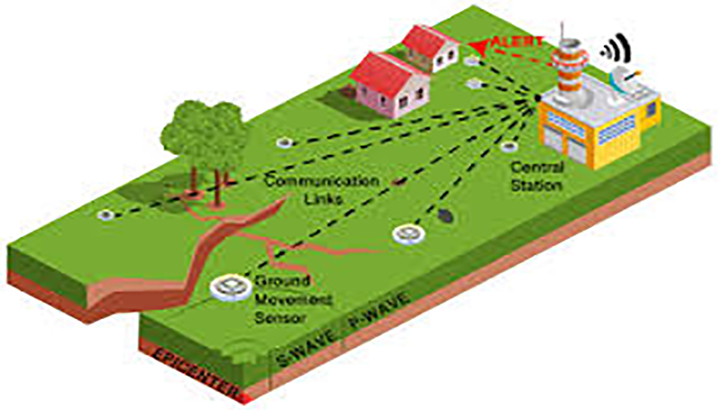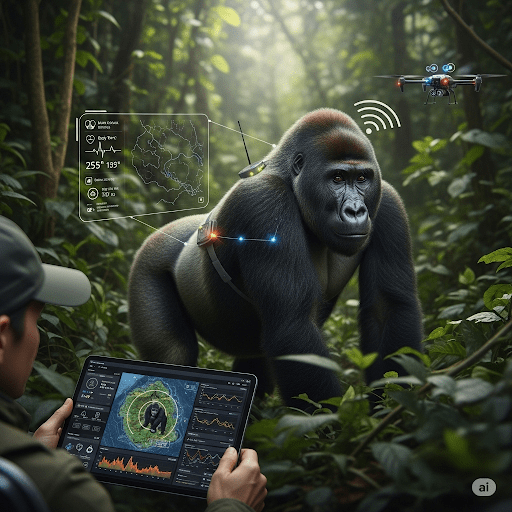Conveyor Belt Control System with ESP8266 and Servo Motor for Item Sorting
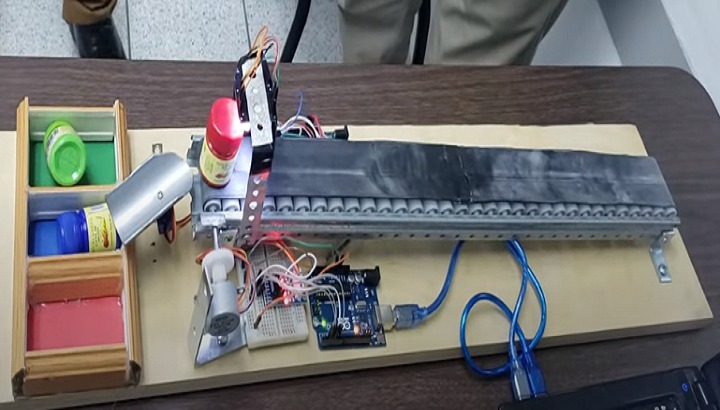
The primary objective is to enhance operational efficiency, reduce manual intervention, and enable seamless integration with IoT-based systems. The system employs an ESP8266 microcontroller to manage the conveyor belt's movement, speed, and direction. Sensors are integrated to detect the presence and type of objects on the belt, measuring their speed and ensuring proper alignment. A servo motor is used to sort items into different bins based on predefined criteria, such as size, color, or type.
The sorting process can be demonstrated effectively by separating objects of different colors using a color sensor. For instance, the system can separate red and blue objects into two different bins. The color sensor detects the color of each item as it moves along the conveyor belt, and the servo motor then directs the item to the appropriate bin.
Collected data is transmitted wirelessly to a cloud server, allowing for real-time analysis and control. A mobile application or web interface enables users to start, stop, and control the conveyor belt remotely, displaying real-time data on the belt's status, such as speed, item count, and sorting performance. Alerts and notifications can be configured to inform users of any issues or required maintenance, ensuring timely intervention and minimizing downtime.
The ESP8266-based conveyor belt control and sorting system offers a cost-effective and scalable solution for industrial automation. It improves operational efficiency, enhances safety, and provides valuable data insights for optimizing conveyor belt performance. This project demonstrates the potential of IoT technologies in transforming traditional manufacturing and material handling processes.
Related project idea for free
Intelligent management system for streetlight
The main objective of this research is to assess the importance of using an automated streetlight management and monitoring system. This research seeks to contribute in REG’s management and monitoring of streetlight. The information obtained through the research will assist different organi...
Read more>>household water consumption management system - IoT based project
Water is a vital resource in practically every aspect of our lives, including our homes, where water is used for cleaning, drinking, and a variety of other activities. Governments have already put in place strategic measures to supply this natural resource in urban and rural areas where people dw...
Read more>>IoT based biogas status monitoring system
Biogas is produced from biological process of mixed organic materials with the help of bacteria that facilitate the anaerobic digestion process. Biogas can be produced from manure agricultural waste or from other biomass resources available almost everywhere. Many developing countries especially...
Read more>>flood and landslide disasters monitoring and SMS alert system - IoT based project
Floods and landslides are among Rwanda's biggest calamities, having a significant impact on human lives, human development, property, infrastructure, and the environment as a result of topographical factors, excessive rain, and mining activities. The design and implementation of IoT-based floods...
Read more>>IoT Based Gorilla monitoring system
Rwanda is a country in Africa with many mountains covered in forest. These forests are home to a variety of animal species, making it a popular tourist destination. The most appealing geographical ecology is Rwanda's national volcanic park (NVP) forest, which is home to mountain gorillas. Gorilla...
Read more>>
